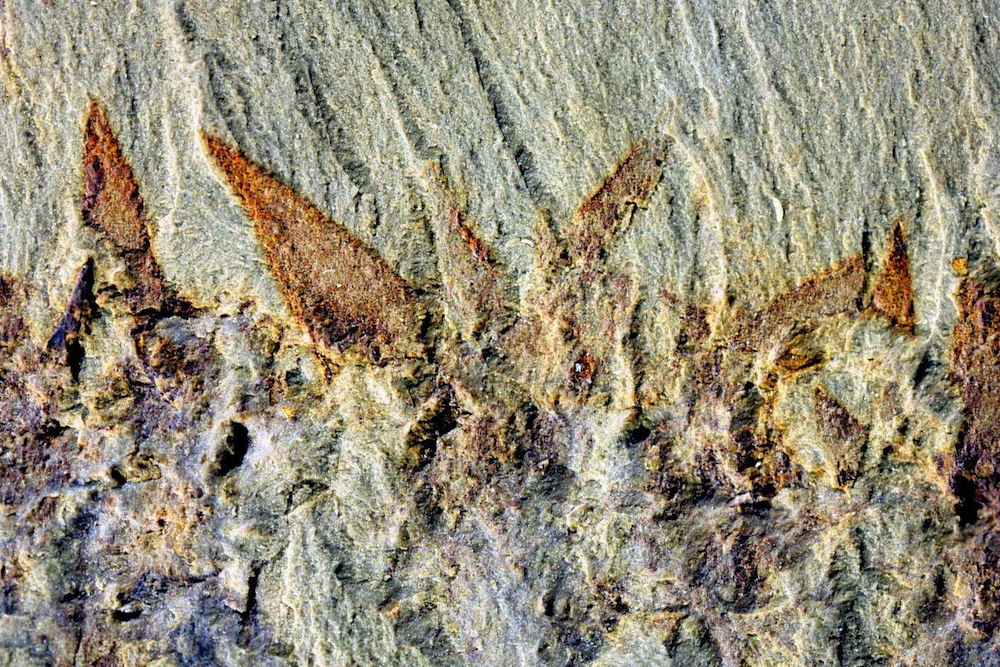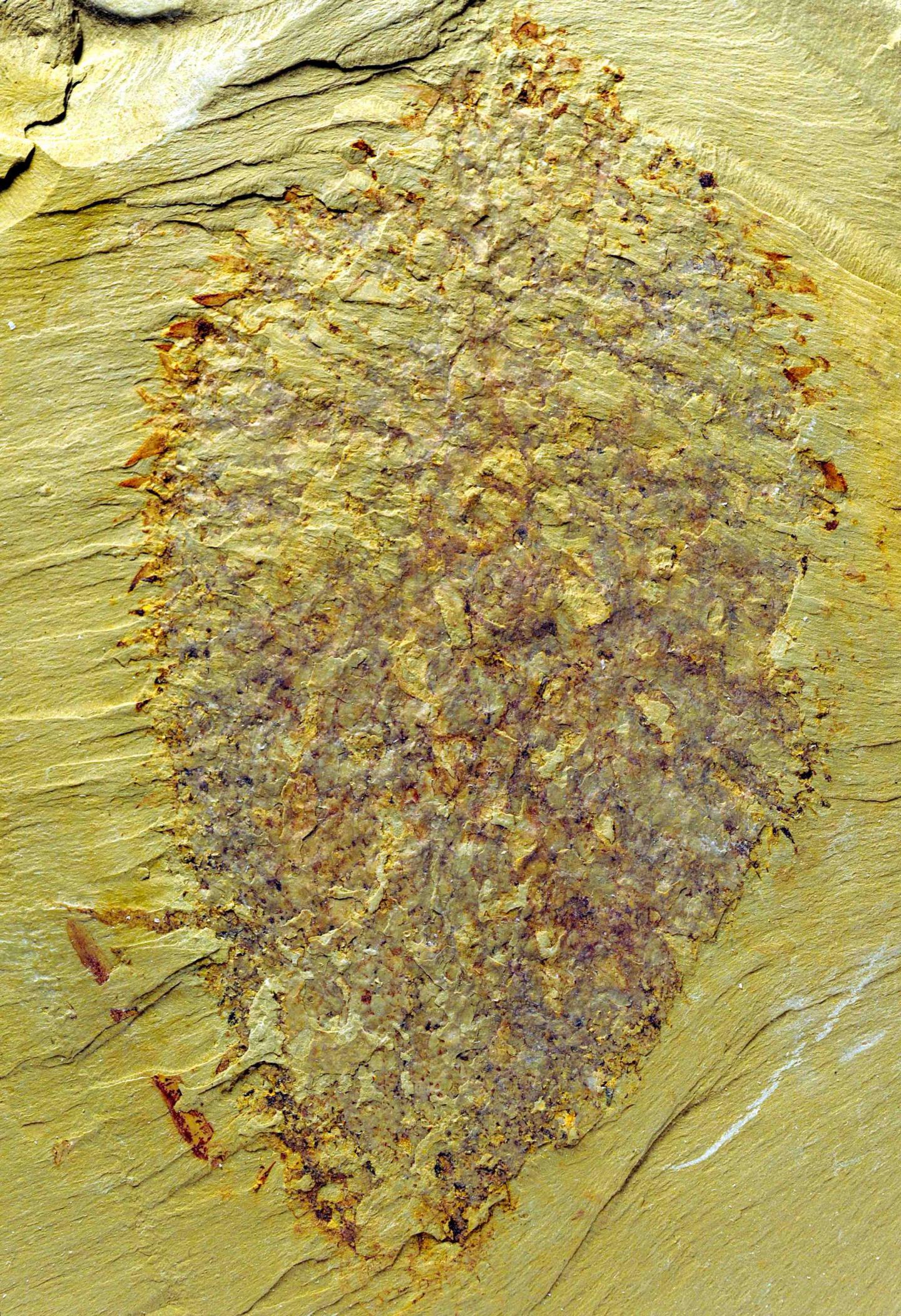Weird Fossil Reveals Ancient Balloon Animal

A real-life balloon animal that once lived in the ancient sea looks like a bird's nest in fossil form.
The newly discovered species hails from 520 million years ago, during the Cambrian Period, when life on Earth exploded in diversity. Dubbed Nidelric pugio, this creature had a balloonlike body covered in an exoskeleton of spines. Nothing precisely like it exists today, researchers reported in a new study published today (Dec. 9) in the journal Scientific Reports.
"We usually only get the broken-up remains of ancient animal skeletons," study researcher Tom Hearing, a doctoral student in geology at the University of Leicester, said in a statement. "With this specimen we can see how all the different parts of the skeleton stuck together." [Cambrian Creatures Gallery: Photos of Primitive Sea Life]
Cambrian's freaks of nature
The Cambrian was a bizarre time for life on Earth. During this period, animals evolved that would later give rise to modern-day creatures. Other lineages died out, leaving behind strange fossils that hardly fit modern conceptions of life. A bristly, shield-headed giant measuring 2.7 feet long (70 centimeters) trolled the ocean, filter-feeding for small shrimplike organisms. Eyeless, figure-8 shaped animals, called vetulicolians, roamed the sea. A spiny worm was so weird and confusing that the researchers who first discovered it thought its legs were its spine and its head was its backside.

N. pugio was probably a chancelloriid, a group that does not seem to be the ancestor of anything living today. These animals get squashed during fossilization, so their fossils look like bird's nests.
The name of the new species comes from the Latin word Nidus, which means "bird's nest," and the old English name Aedelic, which honors the late paleontologist Richard Aldridge, whose name derives from the same root. Aldridge was an expert in Cambrian fossils from Chengjiang, a formation in southwestern China where the new species was found. Paleobiologist Xianguang Hou of Yunnan University led the research team.
Sign up for the Live Science daily newsletter now
Get the world’s most fascinating discoveries delivered straight to your inbox.
"There is only one fossil of this enigmatic animal after 30 years of collecting by our Chinese colleagues at Chengjiang," Tom Harvey, a doctoral student at the University of Leicester who was also involved with the study, said in a statement. "It is exceptionally rare, but it shows us just how strange and varied the shapes of early animals could be."
The find also reveals the ecology of the Cambrian seas, Hearing added.
"It tells us much about how early animals functioned, how they might have interacted with other animals, and how they might have protected themselves from predators," he said.
Follow Stephanie Pappas on Twitter and Google+. Follow us @livescience, Facebook & Google+. Original article on Live Science.

Stephanie Pappas is a contributing writer for Live Science, covering topics ranging from geoscience to archaeology to the human brain and behavior. She was previously a senior writer for Live Science but is now a freelancer based in Denver, Colorado, and regularly contributes to Scientific American and The Monitor, the monthly magazine of the American Psychological Association. Stephanie received a bachelor's degree in psychology from the University of South Carolina and a graduate certificate in science communication from the University of California, Santa Cruz.










